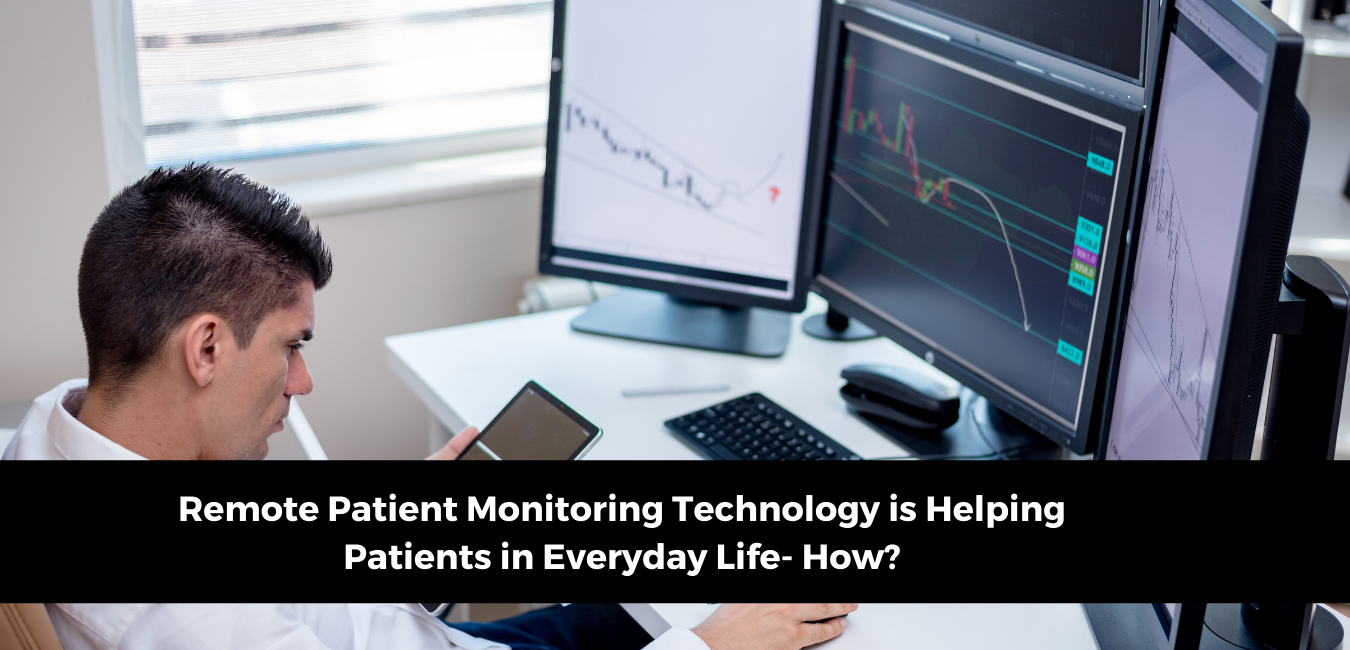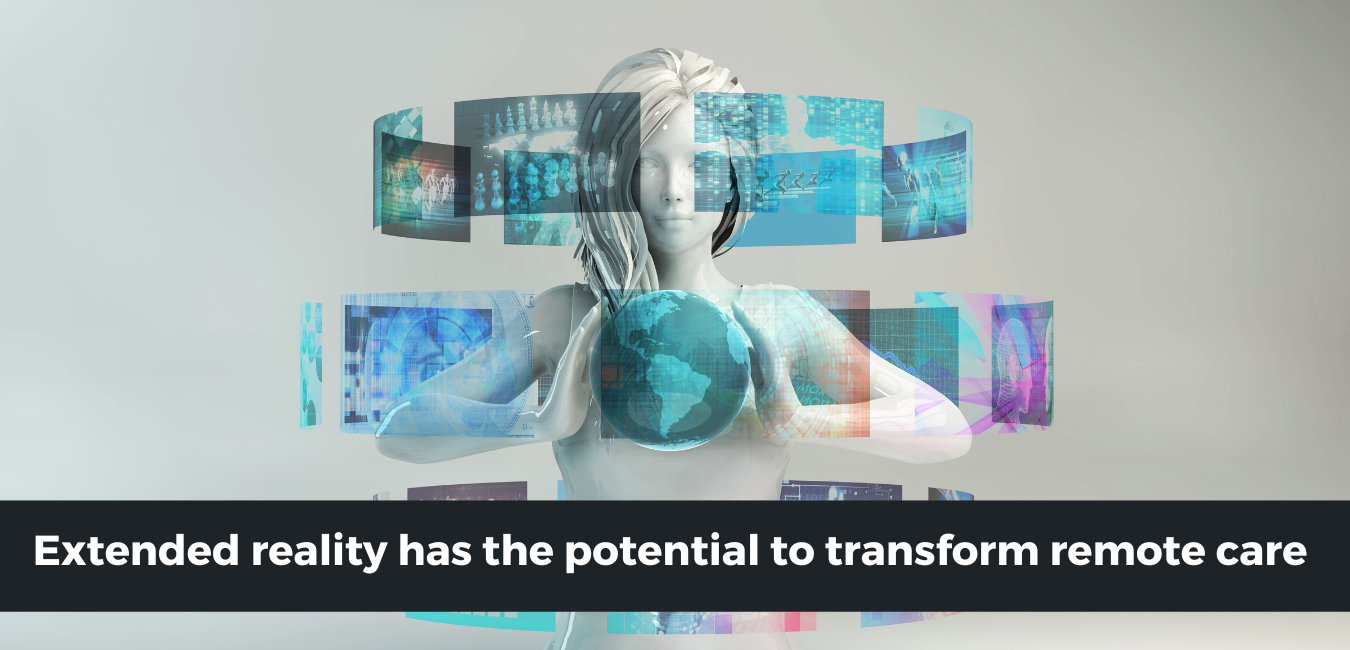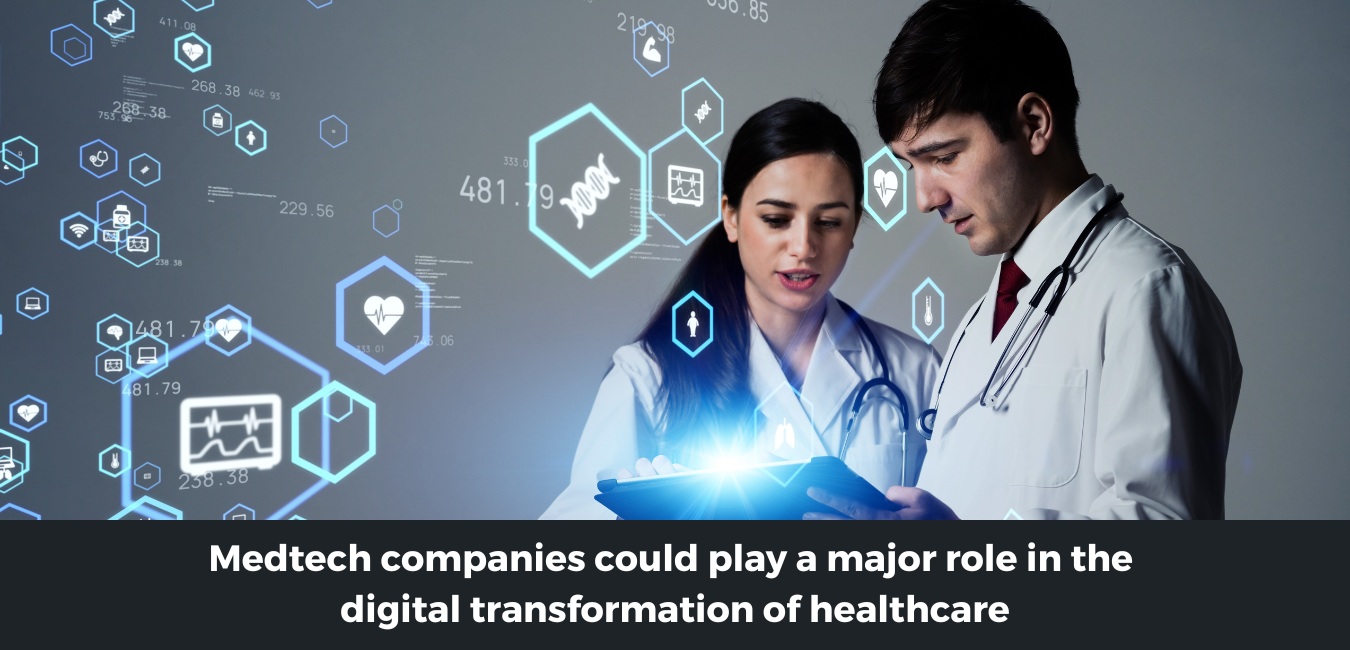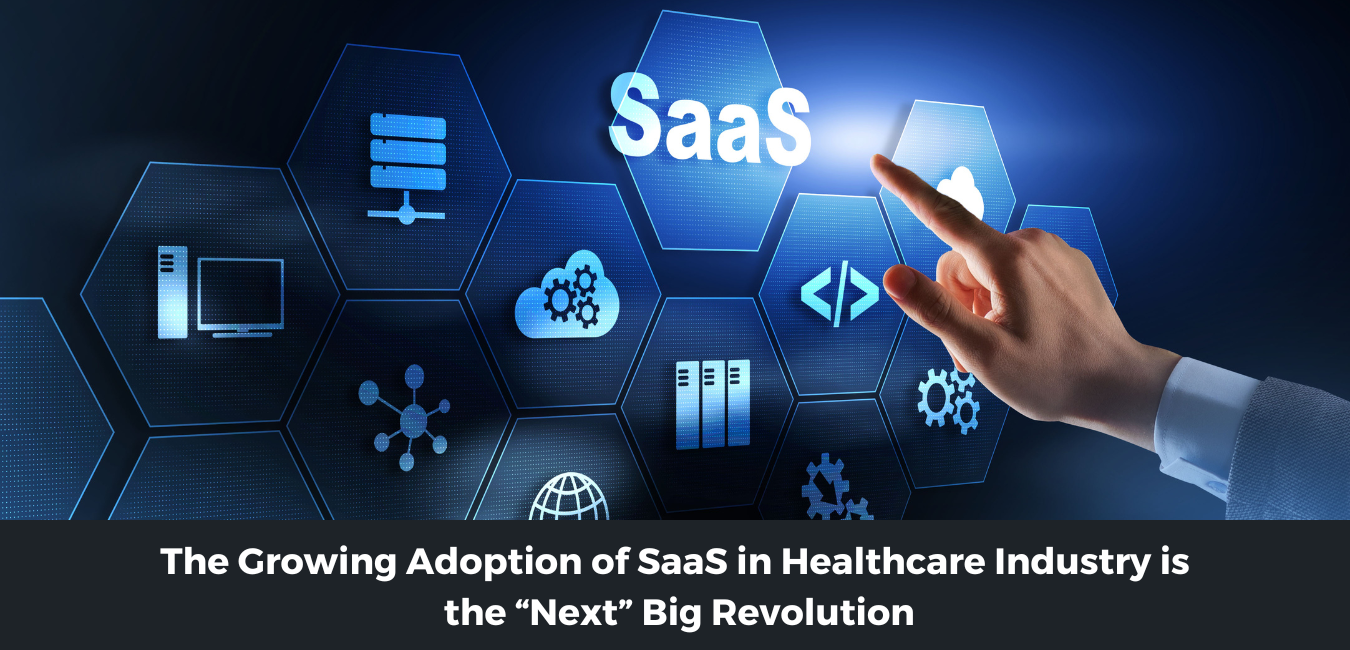Remote Patient Monitoring Technology is Helping Patients in Everyday Life- How?

Since the pandemic hit the world, everyone has been talking about digital health or telehealth. Its growth is stunning. Things that would have taken at least two decades to get streamlined. But, thanks to the pandemic (which was nerve-wracking and completely disturbing, no doubt about that), the healthcare industry accepted the digital transformations that were once looked down upon.
It won't be wrong to say that the pandemic acted like an accelerator of adopting new-age technologies. Global leaders predict that the growth will continue and become a part of standard care. One of the most prominent strategies amongst them is remote patient monitoring or RPM. It is an innovative approach that allows providers to monitor their patience at home using many digital apps or tools.
It became quite a helpful tool to help COVID patients, and its value will only rise in the times to come. It will benefit patients who are newly discharged from the hospital and those who need chronic care management needs. We believe that advancements in RPM will help physicians get a clear picture of their health.
This is especially quite beneficial for patients living in rural areas or those who cannot access professionals because of travel or distance.
If you go by statistics, it will be worth over $1.7 billion by the end of 2027. But why is it growing leaps and bounds? Let's find out!
Remote Patient Monitoring is Helping Patients- How?
RPM is proving to be a beneficial asset in many ways. Let's unfold them one by one here.
It can help transform clinical trials
Clinical trials are an essential part of drug trials. However, recruitments are pretty tricky since it requires regular monitoring and checking in with representatives. However, with RPM, this industry could transform for good. This is because trials can run efficiently without having to visit the operations all the time.
In other words, it could reduce the risk levels during trials whether there is a pandemic or not. While the outcome will be a talk of the future, it sounds like a beneficial option.
It alleviates risk
As discussed earlier, RPM reduces any risks associated with a lack of visibility in a patient's condition. For instance, if a patient has diabetes and isn't measuring their blood sugar, they end up getting hospitalized. It happens similarly for hypertension patients as well. However, intelligent monitors can pick all the body shifts even before an individual feels their effects.
RPM is also helpful for providers who want to track the vitals during their early days of the covid. It helps to reduce exposure to sick or contagious people. There is one study where the medical facilities used this technology to check on the patients who recovered from the virus. The results showed a less than 1% rate of complications in patients receiving digital monitoring services.
It is quite an excellent addition to telemedicine
It pairs well with telemedicine services. For instance, if a person is showing fluctuations after beginning a new treatment, the doctor can schedule a telemedicine visit and talk about any interventions or changes in the current medication.
There is a company in Europe providing StethoMe to send smart stethoscopes to telemedicine patients. It is specifically designed to detect lung issues after their guided self-examinations. These results are directly transmitted to a professional for their evaluation.
Having said that, many myths are circulating that might hamper its use to its full potential. Have you also taken a back seat because of that? Let's find out more about it!
Busting RPM Myths
- It is too expensive. That's just a myth since RPM programs can be cost-effective if you are trying to improve care management. In fact, many organizations are using it to address single health concerns to help patients. The key is to develop an early-stage RPM service to identify populations that account for high healthcare costs. Thus, reducing the overall cost.
- It is a challenging concept. Telemedicine was also tricky. But it's doing wonders now. The question is how you implement it. You must check whether it is easy for onboard patients to use new tools and whether care providers can navigate the notifications coming from this technology. Once you address both of these issues, you can quickly transform your current operations for the better. Ideally, one needs to work on digital literacy for both patients and care providers. Once those SOPs are in place, it is beneficial for the providers to manage the patient monitoring without overwhelming the care facilities.
- It requires broadband access. Most programs run on Wi-Fi networks. Hence they need broadband connectivity. But that's not the case all the time. In times to come, RPM technologies will use tools beyond Wi-Fi to reach remote locations. For instance, it could be Bluetooth-enabled smartphones, tablets, or home computers. Also, cellular networks can help address this issue as well. One is to ensure that there is proper connectivity. So, healthcare organizations can research and find the communities they can serve via RPM.
- It isn't about target care management. Many believe the primary aim of RPM is to reduce hospitalizations. Of course, that's true. But it's only half true. The landscape is shifting into long-term health and wellness programs that can go on for months and years. It could be customized as per the needs of the patients. Thus, reducing incidences of emergencies, in-person care expenses, and better long-term health and wellness.
Final Words- Remote Patient Monitoring is Improving Healthcare Services For The Better
RPM is nothing but a concept of value-based care. It allows healthcare organizations to improve patient care, especially when they can’t show up to the care facility. Thus, helping them get going with their everyday lives without any hindrance.
There are many solutions and things that one needs to address. However, it is a good start to provide excellent care and improve outcomes in the future. Not only that, it will help reduce operational costs which often ends up making the healthcare services costlier.
Have you used it yet?










